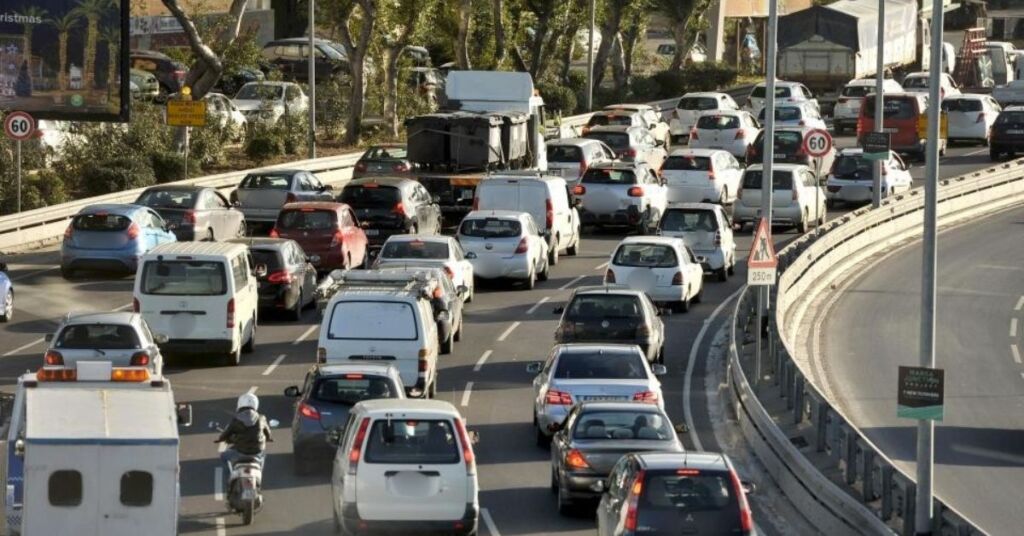Malta’s Traffic To Cost €917 Million By 2030, New Master Plan Warns

Traffic congestion is expected to cost Malta €770 million in 2025, climbing to €917 million by 2030, according to the newly published National Transport Master Plan 2030. The document, released for public consultation earlier this month, paints a stark picture of worsening travel times and escalating costs unless significant policy changes are introduced.
The report warns that Malta’s rising fuel prices, maintenance expenses and longer journey times for both passengers and freight will continue to inflate the economic burden of congestion. These figures exclude the environmental toll: CO₂ and other vehicle-related air pollutants are estimated to add another €195 million per year to the national bill.
Unless Malta overhauls its approach to mobility, the master plan projects that by 2030 drivers and passengers will collectively lose over 8.5 million hours sitting in traffic, while public transport users will lose an additional 2.5 million hours. At present, congestion is already draining around 3.3% of Malta’s GDP, even before environmental costs are considered.
The report attributes Malta’s chronic traffic issues to several entrenched factors. Malta has the highest road density and one of the most urbanised environments in the EU, making large-scale road widening nearly impossible and creating persistent bottlenecks in areas such as Qormi, Sliema and Msida.
Meanwhile, policy choices have long favoured private car use. The availability of parking, the master plan notes, continues to “encourage, rather than restrain, car use,” worsening congestion in urban centres. Commercial vehicles – bolstered by the booming delivery sector – are also highlighted as major contributors to road pressure.
But the biggest issue remains Malta’s dependency on private cars. Eighty-four percent of all road traffic comes from private vehicles, which account for nearly three-quarters of all mobility movements, even for short trips.
The master plan reiterates that a mass transit solution is needed, although a metro – heavily discussed in recent years – is notably absent from the document. Instead, authorities say they are assessing various mass transport options, including a bus rapid transit system.
The report also stresses that active mobility must play a larger role. It acknowledges that Malta’s cycling infrastructure remains “fragmented,” often “poorly designed or maintained,” and still fails to reach many urban areas, despite some recent upgrades.
